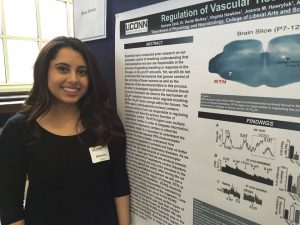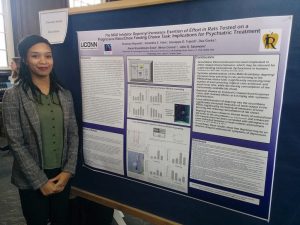Perceived Discrimination Affecting Muslim Health
2016-2017
Investigators: Sara Hasan, Michelle Morris
Faculty Advisor: Rick Gibbons
In the past decade, Muslim discrimination has increased to an all-time high. Multiple research journals have identified that discrimination can have adverse health effects on people of certain races. While studies have predominantly been researched towards African-Americans and Hispanics, I questioned how discrimination affects Muslims around the United States. My project aimed to understand the effects discrimination against Muslims has on their overall mental and physical health. Using an online survey website, the first study took place approximately one week after the 2016 United States Presidential election to see if there were adverse health effects present in Muslims, due to the election results. With the same participants for the second study, four months after the election, we will be maintaining contact to see if more health issues, if any, have arisen or if the previous ones have continued on since then. Along with the Muslim participants, we included a significant subsample of non-Muslims to compare their health behaviors during both waves of the study. This project analyzes the issues of Muslim discrimination and how it affects the health of Muslims in the United States.

